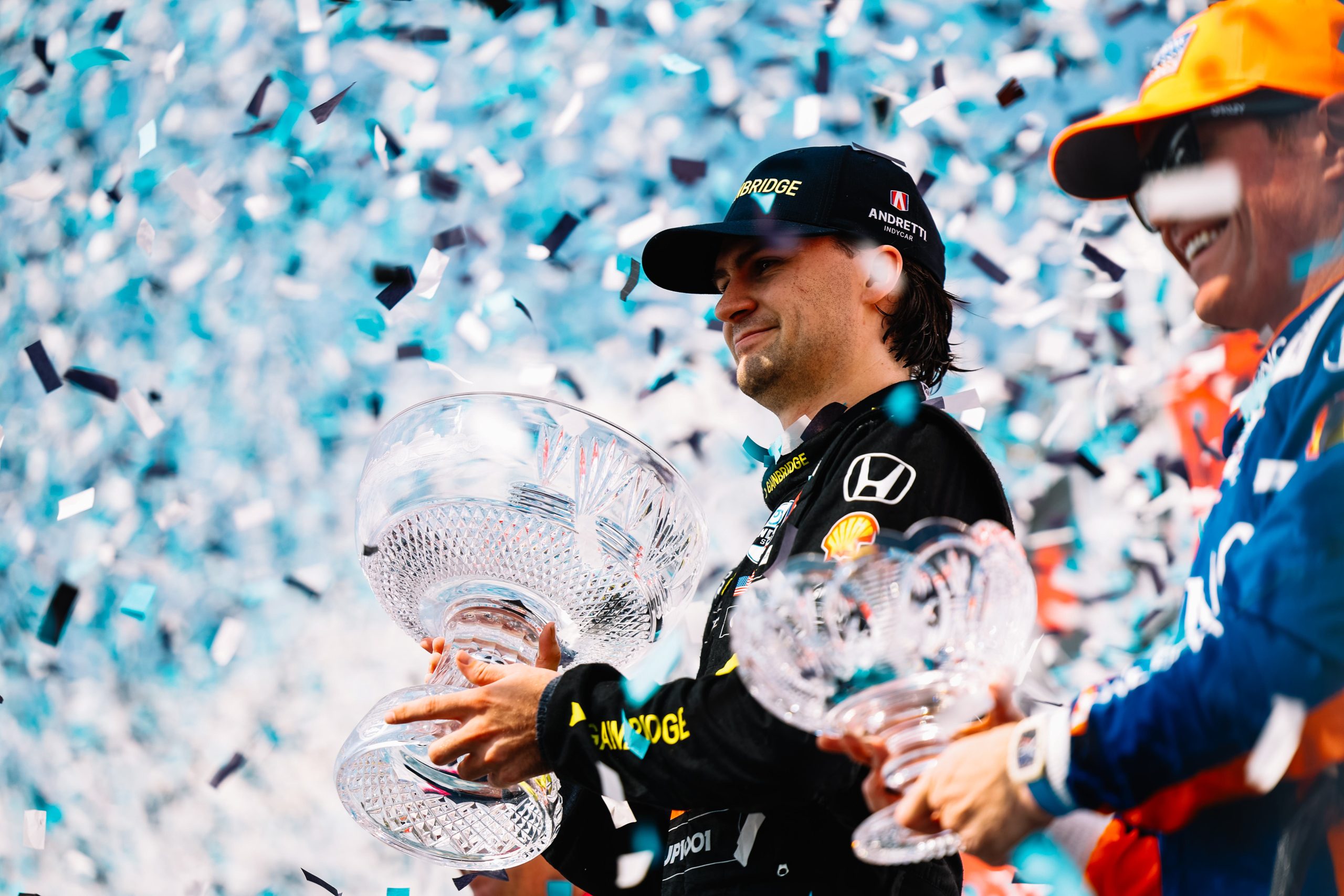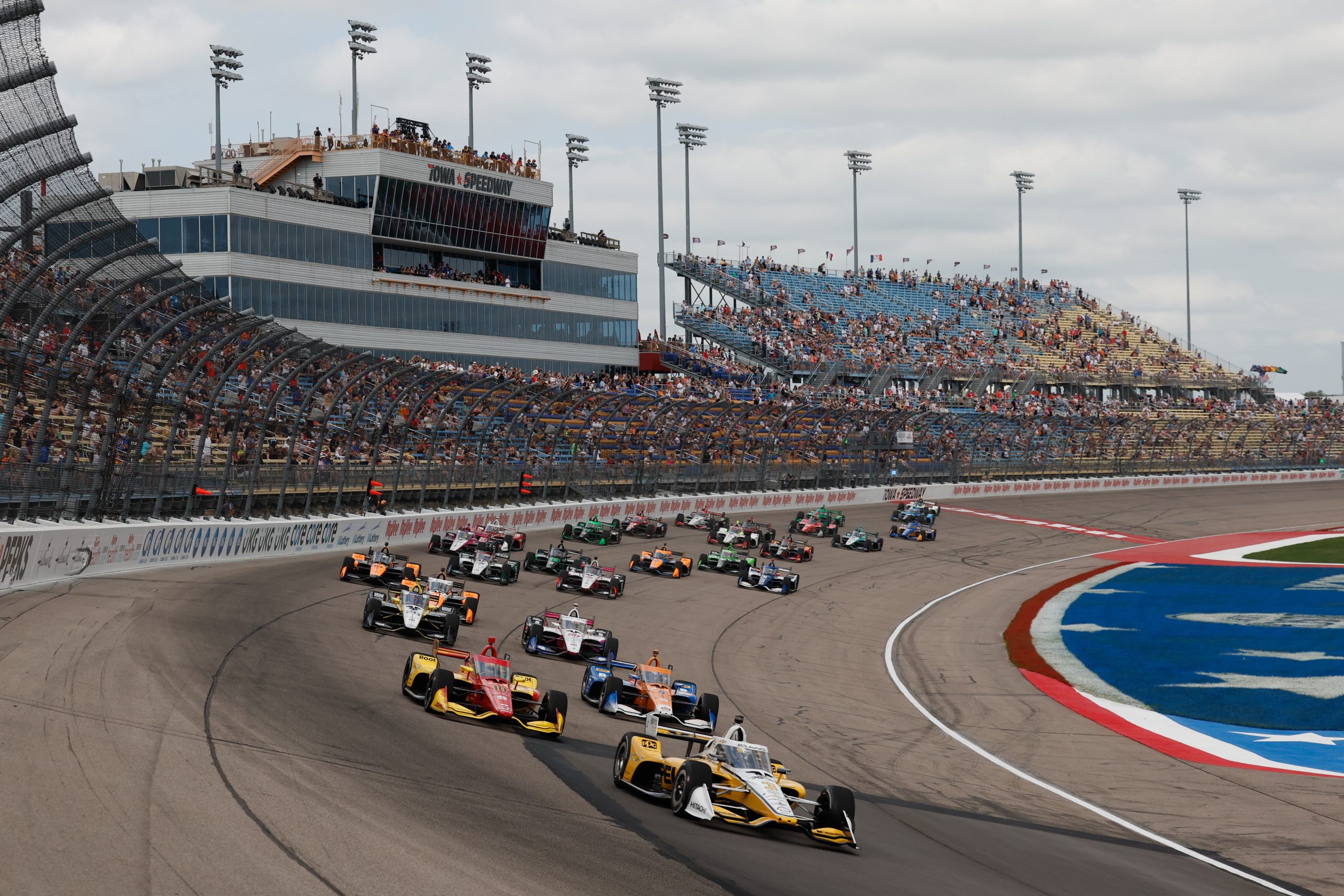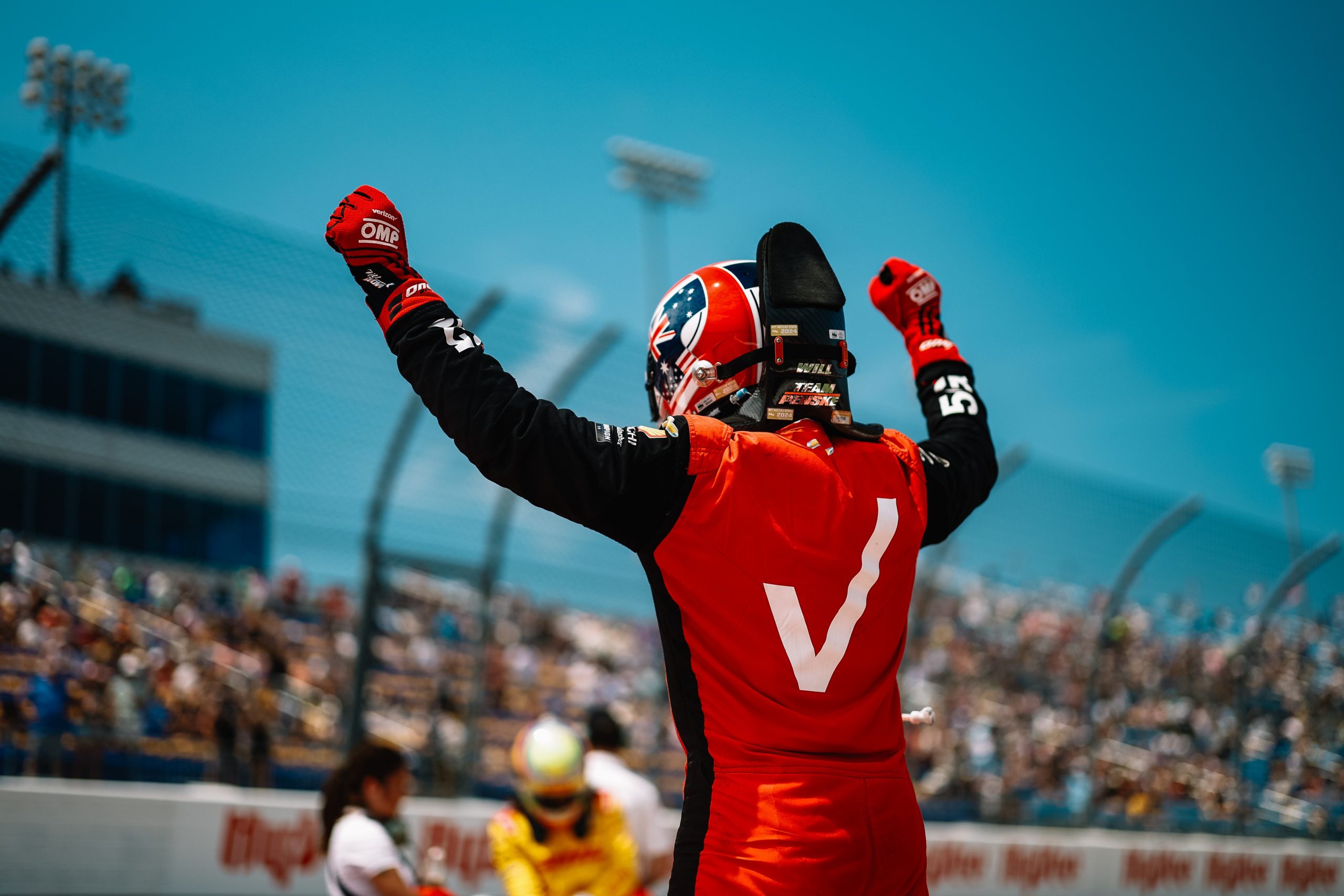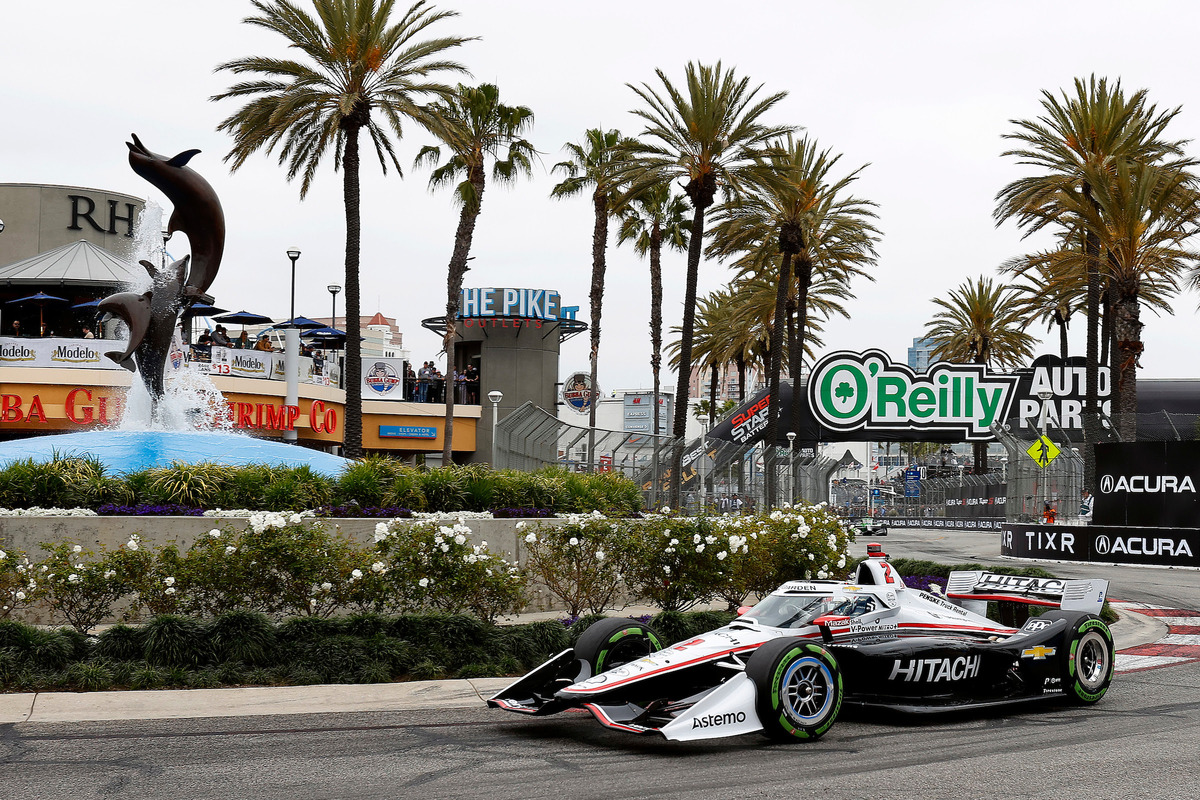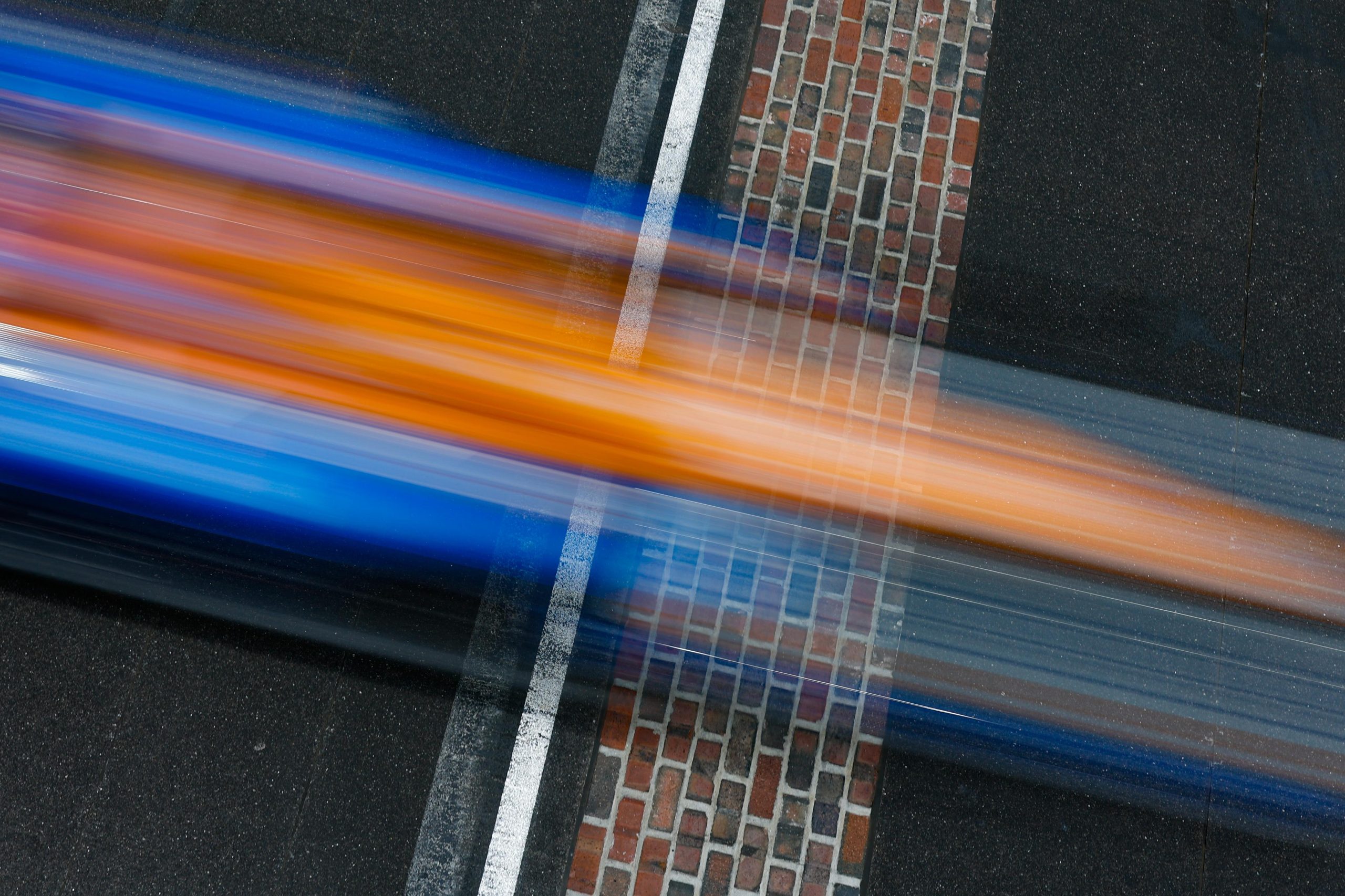How are IndyCar points awarded?
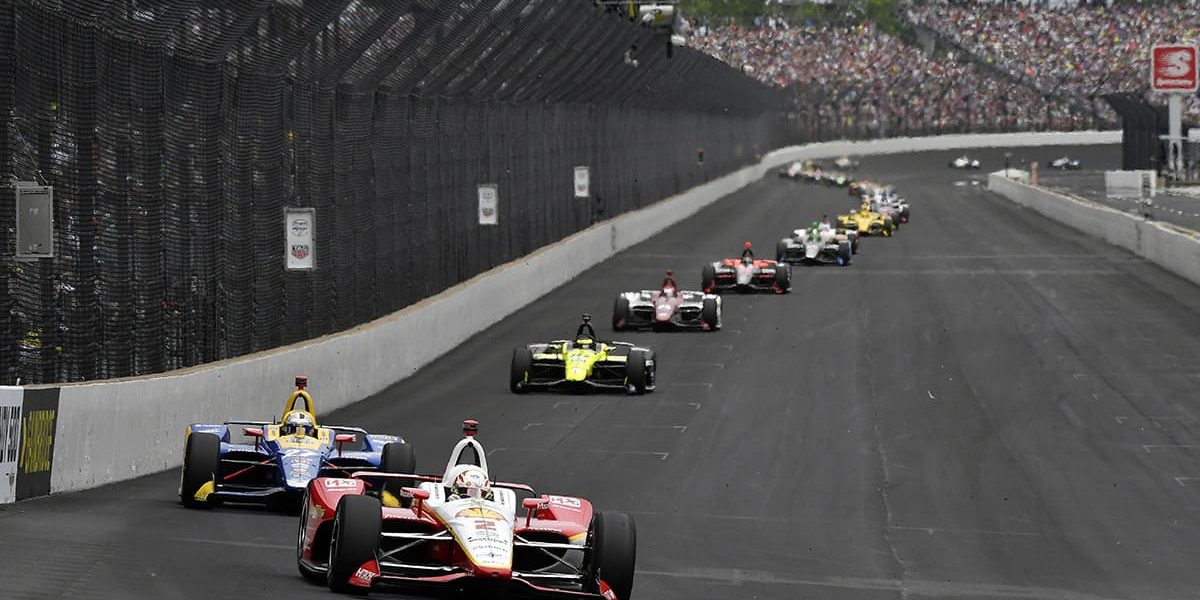
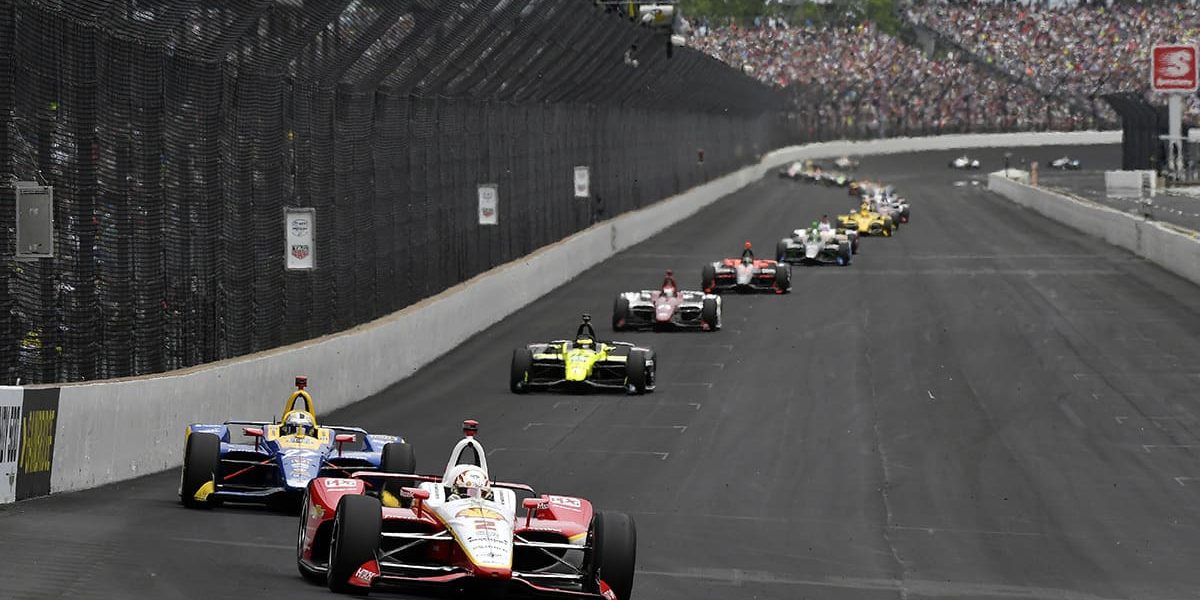
Can you even call yourself a true fan, of any racing event at that, if you don’t know the most basic thing to know about the sport? IndyCar points are based on a different pointing system from NASCAR and Formula 1. That’s only one of the many reasons why motorsport is as colourful as it is today.
With the 2022 NTT IndyCar Series season set to begin next month, February 27, it is our pleasure to give you the refresher you need—starting with the introduction of the championship points.
As a part of the championship process, INDYCAR calculates and announces following each race the complete standings of all participating entrants, drivers, and manufacturers.
So how does the pointing system work?
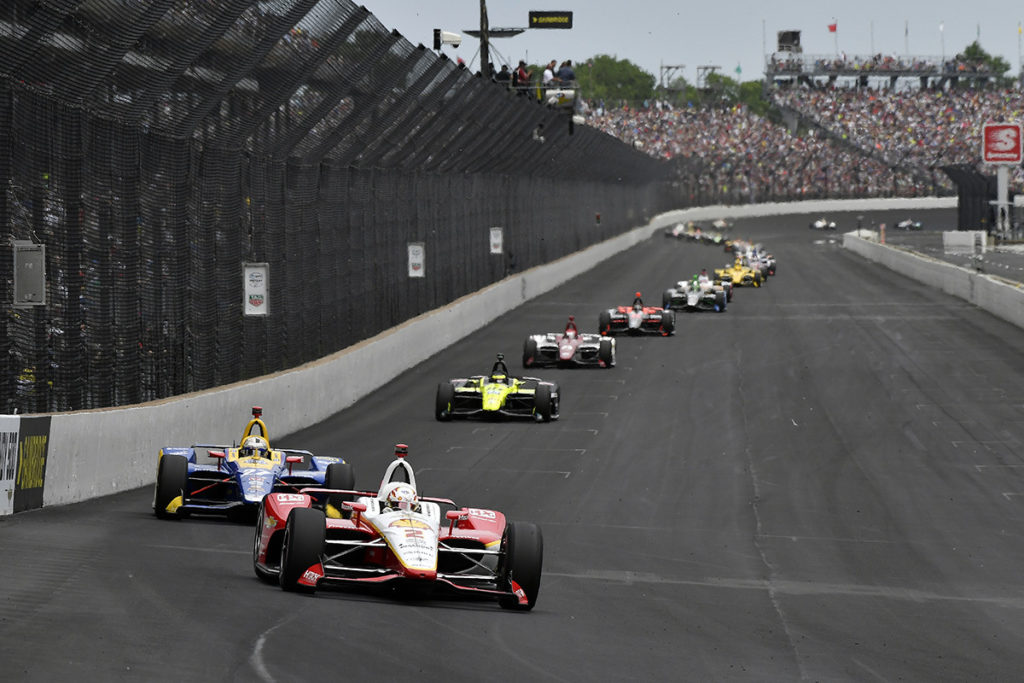
Table of Contents
IndyCar points system explained
Entrant and Driver Points Championships
This system has been around since the year 2020. Eligible entrants and drivers may accumulate points according to the following criteria:
- Entrant points will be credited only to an entrant holding a valid entrant’s license at the time of the event, competing with a properly registered car and displaying the assigned car number throughout any event.
- Driver points will be credited only to drivers holding a valid driver’s license at the time of the event.
- In the event the starting driver receives relief during the running of a race, the starting driver will receive the points for that car for the race. The relief driver will not receive any points for driving that car.
- If a Car participates in practice and/or Qualifications, but is unable to start a Race, the Driver and/or the Entrant shall receive half of the points the Car would have received for the Race had the Car started the Race.
The title of the NTT IndyCar Series champion will be awarded to the entrant and river with the highest accumulated points at the end of the season.
There are also regulations in place to determine winners in tie positions. IndyCar will determine the champion based on the most first-place finishes. If this doesn’t solve the tie-in, IndyCar will then consider the most second-place finishes, then the most third-place, and so on.
At the end of the season, and at any other time during the season, INDYCAR will apply the same system to other ties in the standings.
Pointing System
In Indy, a race winner is awarded 50 points.
Second-placer earns 40 while the third-place finisher gets 35 points. The fourth will have 32 points.
Starting from fifth place at 30 points, the points will decrease by 2 until tenth place with 20 points.
From eleventh place to the twenty-fifth, starting from 19 points, the points will decrease by 1.
Taking twenty-fifth place to thirty-third will earn you 5 points.
See the table for clearer visuals:
| Position | Points | Position | Points | Position | Points |
| 1 | 50 | 12 | 18 | 23 | 7 |
| 2 | 40 | 13 | 17 | 24 | 6 |
| 3 | 35 | 14 | 16 | 25 | 5 |
| 4 | 32 | 15 | 15 | 26 | 5 |
| 5 | 30 | 16 | 14 | 27 | 5 |
| 6 | 28 | 17 | 13 | 28 | 5 |
| 7 | 26 | 18 | 12 | 29 | 5 |
| 8 | 24 | 19 | 11 | 30 | 5 |
| 9 | 22 | 20 | 10 | 31 | 5 |
| 10 | 20 | 21 | 9 | 32 | 5 |
| 11 | 19 | 22 | 8 | 33 | 5 |
Any driver who leads a lap during the race, as well as the driver who qualifies on pole, earns an extra point.
The driver who leads the most laps earns two additional points.
In races other than the double-point Indy 500, the maximum score a driver can achieve is 54 points.
Manufacturer Points Championship
In determining the champion in the manufacturer category, the point system above is also used: Points will be given to the top two finishing full-season participants for each manufacturer in a race.
In addition to this, five more points will be added to the total points of the race-winning manufacturer while one point is given to the engine manufacturer that earns pole position at all races with the exception of the Indianapolis 500. For the Indianapolis 500 pole position winner, two points will be awarded. There will also be one point for the fastest engine manufacturer during the first day of Indianapolis 500 qualifying.
During the Indianapolis 500, manufacturers can earn additional bonus points for engines that reach the 2,000-mile mark. There will be a one-time bonus equal to the manufacturer points earned in the Indianapolis 500.
2022 IndyCar Series: What to expect
Last season saw Alex Palou bag his first title with Chip Ganassi Racing and if it weren’t for Helio Castroneves and his vast Indianapolis Motor Speedway oval experience, he might have won the Indianapolis 500 presented by Gainbridge too.
With the biggest plot twists last season, many fans might be wondering what the 2022 season holds in store. Well, not as much as NASCAR’s Next Gen or Formula 1’s major regulations change, that’s for sure.
Nothing much will change in the upcoming season but it is still worthy to note that the year 2022 will kickstart possibly a new era for IndyCar as the sanctioning body starts the testing of new IndyCar engines. The new hybrid 2.4-liter twin-turbo V6 motors are planned to be introduced to the sport in a later year and testing for these bad boys will coincide with the early rounds of the 2022 championship.
“The end of the first quarter next year is when we expect our OEM partners to get out and start testing with the new engines,” according to IndyCar president Jay Frye. “We’re still working with Chevy and Honda on the exact specifics, but we’re close on having the testing guidelines agreed upon and put in place.”
Despite IndyCar’s eager search for a third manufacturer since the 2010s, Chevrolet and Honda remain to be the only manufacturers to produce engines for the series.
See the full 2022 IndyCar Series schedule here.


